Showtime’s ‘The Caine Mutiny Court-Martial’ is a captivating legal drama that keeps the audience wondering which side to root for. It begins with Lieutenant Stephen Maryk being put on trial due to his actions a couple of months back on the USS Caine, where he broke protocol and mutinied against Lieutenant Commander Phillip Queeg, taking over the control of the ship in a storm they were trying to get out of.
Maryk claims that Queeg was of unsound mind and wasn’t doing what was needed to steer the ship to safety. He believes his actions on that day were warranted, and he shouldn’t be tried for it. Queeg, on the other hand, claims that Maryk had no grounds to act against his orders and that the situation wasn’t as bad as Maryk made it out to be. At first, with almost all the witnesses testifying for Queeg’s sound-mindedness and capability to be the ship’s captain under extreme situations, it looks like the young officer will go down for his crime.
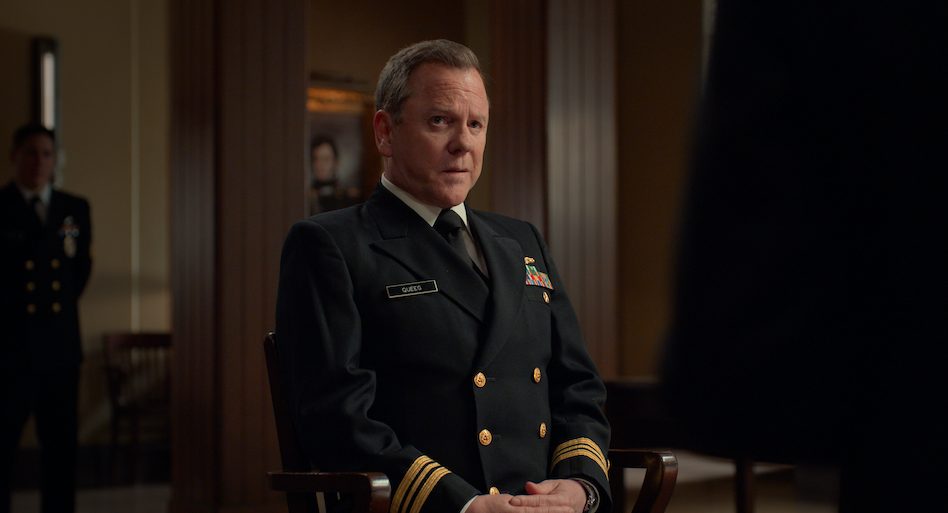
However, Maryk’s lawyer, Barney Greenwald, comes through, attacking Queeg directly and proving that the captain breaks down easily and couldn’t have been competent to helm the ship during the storm. But that’s not all there is to the story. In the final scene of the movie, Greenwald reveals that the real culprit in this situation is someone else entirely. Here’s everything you need to know about him. SPOILERS AHEAD
The Caine Mutiny Court-Martial Ending: Was Thomas Keefer Behind Maryk’s Mutiny?
The thing that works best for ‘The Caine Mutiny Court-Martial’ is its subjectivity. The entire film takes place in one room, where the jury hears both sides of the argument to decide whether or not Lt. Maryk is guilty of inciting mutiny on USS Caine. The testimonies of all the witnesses are meant to create a clearer picture of what happened that day. Still, it’s a rather tricky task, considering that everyone provides bits and pieces through their perspective, which, in most cases, is biased. So, when Maryk says he did what he thought was right under the circumstances and Queeg claims he was never wrong, to begin with, the only thing that can be accepted as the truth is the version that is proven to be the most likely one.
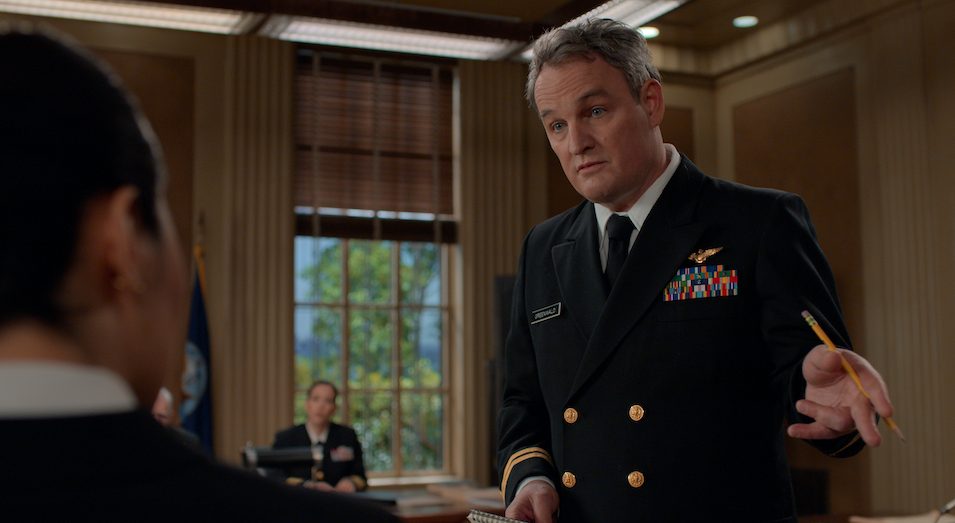
When Greenwald was assigned to represent Maryk, he studied the case and concluded that everyone else had: Maryk was guilty. He’d broken protocol in the situation that seemed completely in the ship captain’s control. His actions appeared needless and unprovoked, and it was clear that his air of self-righteousness pushed him to do something he knew he would be court-martialed for. But that wasn’t all.
The other lawyers didn’t take Maryk’s case because they thought he was guilty. Greenwald realized that Maryk was actually just another patsy, used by someone else, whose real target was Queeg. After talking to Maryk, Greenwald became sure that the young man didn’t have the brains to think of something called a mutiny, let alone to conjure a plan that would eventually lead him to try and get rid of the captain.
During the trial, the prosecution’s line of questioning reveals that Maryk didn’t have the academic know-how to do the research on mental health and illness that he claimed to. Throughout his life, he had been an average student at best and fell to below average in college, where he “got by.” This isn’t the mark of someone studying books and reading articles to gain knowledge on things that are nowhere near what their job demands of them. When asked about these resources, Maryk claimed he didn’t remember the titles or the websites he used to study all the terms he’d been throwing around about Queeg.
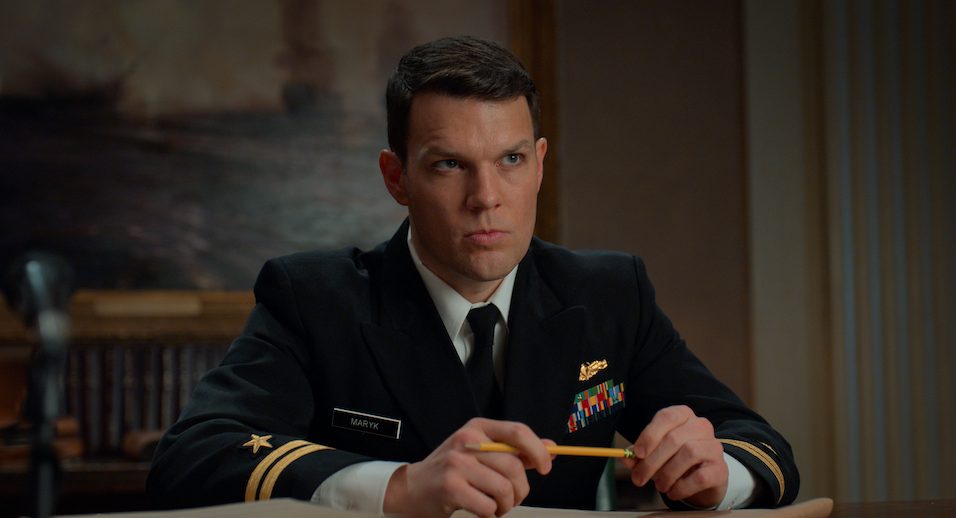
Even before he said a word in Maryk’s defense, Greenwald knew that Maryk couldn’t have done all this. Who, then? The more the defense attorney thought about it, the more it became clear this whole thing was orchestrated by Thomas Keefer. In the first scene, when Maryk and Greenwald discuss the latter’s intent and approach toward winning the case, Maryk calls the navy “a master plan created by geniuses for execution by idiots.” Greenwald immediately calls him out for this because he knows these cannot be Maryk’s words. As expected, they come from Keefer, and that’s when Greenwald is convinced that Keefer has been putting words in his friend’s mouth all this while.
It was Keefer who truly hated Queeg. From his demeanor, it’s clear that being in the Navy is not his first choice. He is a writer, and with his novel getting picked up by a publisher, he’ll probably leave the service and return to being a civilian, enjoying the life he envisioned for himself. His comments on the Navy and the subsequent incidents with Queeg made Keefer want to get rid of him, but he couldn’t do it directly. Maryk, however, was at the station where he could challenge Queeg’s authority when the time came. So, Keefer put the idea of Queeg being mentally unstable in Maryk’s head. Maryk, despite being his senior officer, admired Keefer and even considered him his better, which he testified to during the trial. So, when Keefer pushed him in that direction, Maryk didn’t second question it at all.
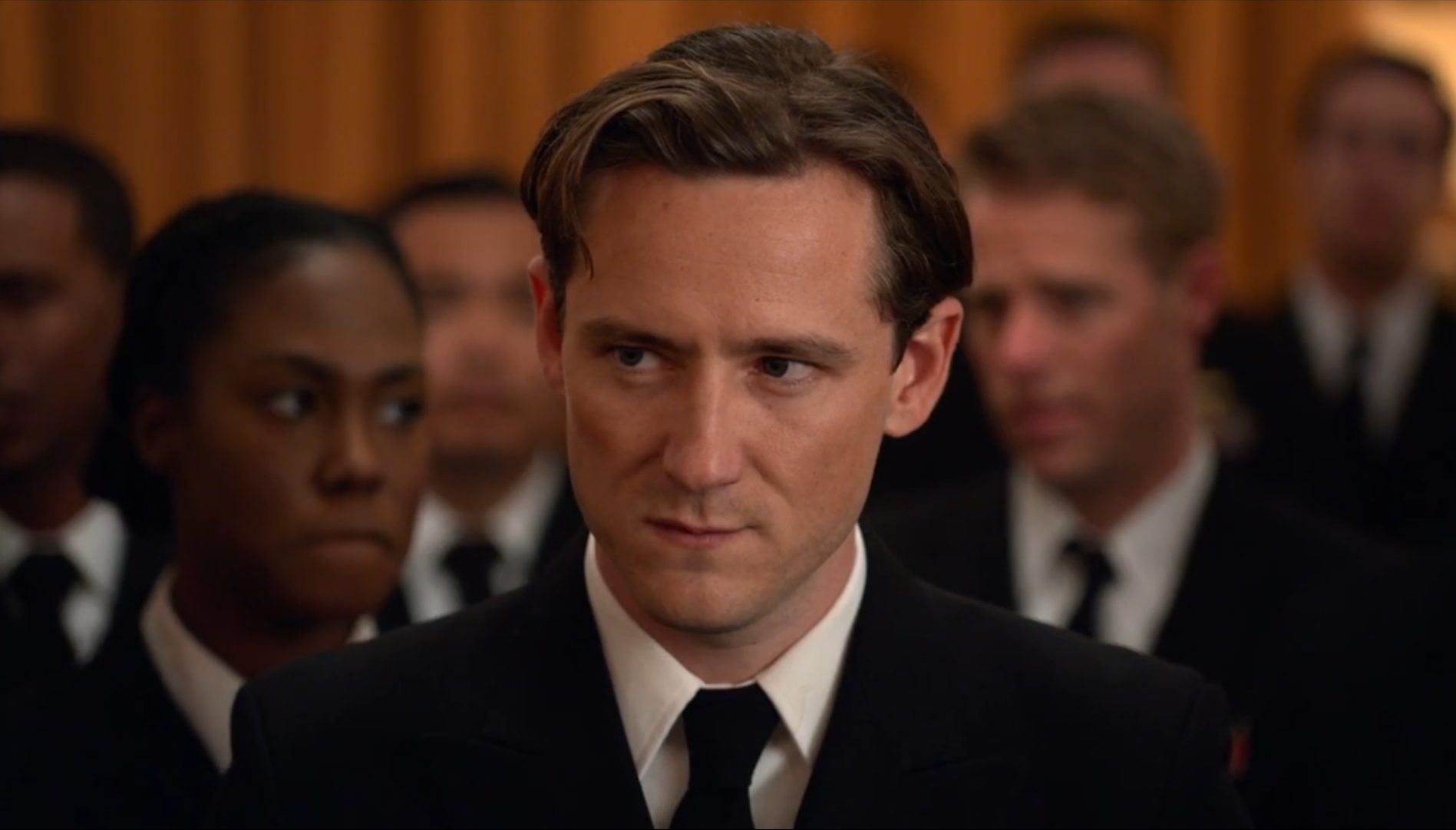
Greenwald’s suspicions were confirmed when he pushed Maryk to tell him the whole truth, and he confessed that Keefer had put the idea of maintaining a log on Queeg in his head. He even told Maryk about psychology terms like paranoia and whatnot and told him about the rule that allowed him to take over command if Queeg failed to perform his duties. At first, Keefer meant to take that log to their superiors, but he got cold feet when they were right outside his door. This is why he told Maryk not to go forward with it. When the storm came around, the opportunity presented itself, and goaded by Keefer’s words, Maryk mutinied against Queeg.
In the final scene, when Greenwald has saved Maryk and Queeg’s reputation has been tainted, the lawyer attends the party thrown for Keefer because he gets his advance on the novel he’s working on. Instead of rejoicing with them, Greenwald calls out Keefer on his wrongdoing, laying out all that had really happened and expressing regret over dragging Queeg through the mud to save Maryk. He points out that had Keefer not manipulated Maryk, the latter would probably have done his duty right and helped the captain save the ship by rationally explaining his plan, not working against him.
Greenwald’s duty as the defense attorney needed him to clear his client, but that doesn’t mean he approves of Maryk’s or even his own actions, least of all Keefer’s. To show how much he hates Keefer for what he did, he throws a drink in his face, bringing home the point that Queeg wasn’t the “yellow stain” on Caine; Keefer was.
Read More: Phillip Queeg and Stephen Maryk: The Real Inspiration Behind the Naval Officers and USS Caine

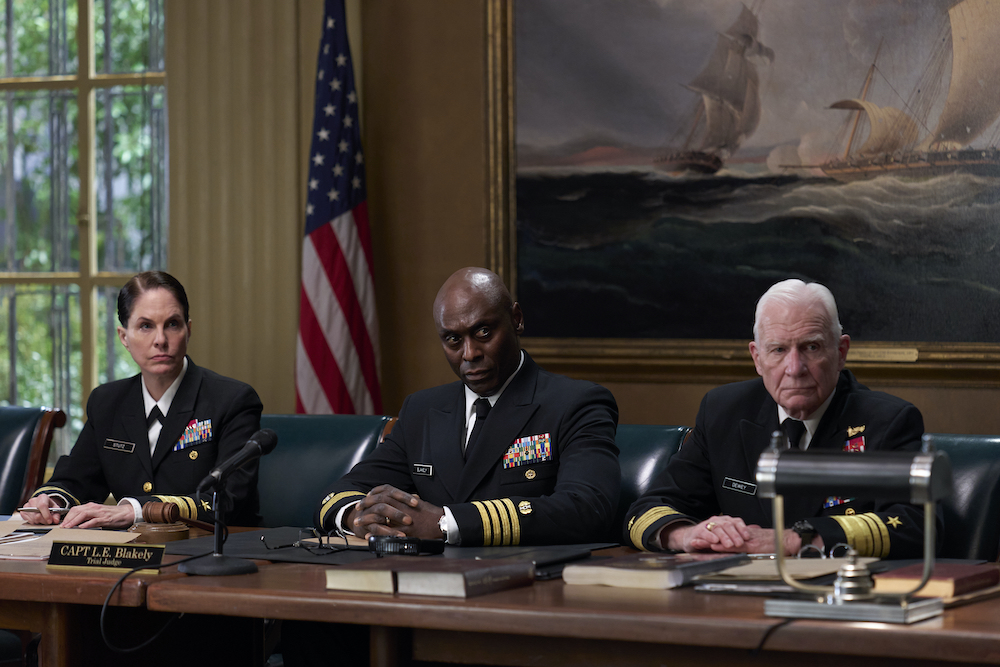
You must be logged in to post a comment.